Editor’s Note: Melanie Howard wrote this story about the idea of arming teachers after the Parkland Shooting in 2018. But last week, in the aftermath of the Uvalde shootings, the New York Times published a story with the headline, “Trained, Armed and Ready. To Teach Kindergarten.” We decided to re-publish Howard’s story to show the anguish this misguided movement can and does bring.
***
I will not shoot any of my students. But that is what a completely misguided, destined-to-fail movement in many states is asking teachers and school staff to do.
Any teacher dedicated to nurturing and shielding children is going to have a hell of a time drawing a gun on a 6-year-old, a 12-year-old, or 15-year-old.
In Florida, more than 1,300 school staff members serve as armed guardians in 45 school districts, out of 74 in the state, according to state officials. The program was created after a gunman killed 17 people at Marjory Stoneman Douglas High School in Parkland, Fla., in 2018.
In Texas, at least 402 school districts — about a third in the state — participate in a program that allows designated people, including school staff members, to be armed, according to the Texas Association of School Boards. Another program, which requires more training, is used by a smaller number of districts. Participation in both is up since 2018.
After the Uvalde shooting, lawmakers in Ohio made it easier for teachers and other school employees to carry guns. But the law only requires 24 hours of training, compared to an average of 168 hours of training law enforcement officers receive on weapons, self-defense, and the use of force.
The Minor Problem
According to Everytown for Gun Safety, an advocacy organization, minors perpetrated 56 percent of the 160 school shootings between 2013 and 2015, or 39 of 70.
Here are some of the younger shooters tracked by Everytown in a three-year survey of in-school gun violence:
- On January 14, 2014, 12-year old Mason Campbell walked into his middle school gym and pulled out a 20-gauge shotgun and opened fire, wounding an 11-year-old boy, seriously injuring a 13-year-old girl, and slightly wounding an adult staff member.
- On October 21, 2013, 12-year-old Jose Reyes fatally shot a teacher and wounded two other 12-year-old students with a 9mm semiautomatic Ruger handgun at his middle school in Nevada.
- On October 24, 2014, 15-year-old Jaylen Fryberg walked into the school cafeteria and shot five students, killing four, before fatally shooting himself.
The Youngest Shooter
The youngest school shooter on record is Dedrick Owens, 6, who in 2000 brought a gun and a knife to his Michigan elementary school classroom and shot and killed six-year-old Kayla Rolland.
These are not young men like Nikolas Cruz and and Adam Lanza, the Sandy Hook shooter, but boys, some so young their voices have not yet changed. That means this new trend is preparing and training teachers to potentially shoot children. When Trump was in office, he even proposed they be offered bonuses for being willing to do so.
The youngest school shooter on record is Dedrick Owens, 6, who in 2000 brought a gun and a knife to his Michigan elementary school classroom and shot and killed six-year-old Kayla Rolland.
It’s a repulsive idea, and one that will never work. Kids who shoot up schools are troubled, dangerous, and deadly. But any teacher dedicated to nurturing and shielding children is going to have a hell of a time drawing down on a 6-year-old, a 12-year-old, or 15-year-old and pulling the trigger. Especially a child he or she knows.
Has anyone who has endorsed this looney plan considered that some of these shooters will be kids teachers have coached in soccer, whose parents they’ve met at back-to-school night. They may have taught them algebraic equations or the nuances of Animal Farm. The teachers I know have a remarkable ability to see the humanity and possibility in even the most disturbed and disturbing students. I just don’t believe they’ll be able to turn that off and gun them down, even to defend themselves and others. I know I couldn’t.
The Psychological Toll
But let’s presume for a moment that there are teachers who can. Do President Trump and other lawmakers who love this idea believe that the next day they’ll just go back to teaching Earth Science, advising the cheer squad, and hanging out in the teacher’s lounge?
As someone who works with teens and children closely, I find this movement both morally repugnant and patently ridiculous.
According to a study reported in Psychology Today, 19 percent of police officers suffer PTSD, and the top causes include experiencing injuries, child deaths, and officer-involved shootings. Teachers will endure the added trauma of returning to work at the scene of the shooting, walking the same hallways, seeing other teachers and the child’s friends. And how will children react, knowing their teacher killed a student, still has access to guns in school, and is authorized to do this again?
I can just imagine the kids’ conversations:
“I have Mrs. Jones for biology, what’s she like?”
“Oh, she’s a hard grader, and I’d be careful not to make her mad. She killed Ricky last year in the cafeteria.”
Fortunately for me, I teach in an after-school writing program where no one would ever ask me to pick up a gun. But as someone who works with teens and children closely week in and week out, I find this movement both morally repugnant and patently ridiculous. It allows our leaders to dodge the tough issues, such as why young people seem to have greater access to high-powered weaponry than to adequate mental health care and why they are so afraid of the gun lobby that asking teachers to do the unthinkable is easier for them than calling for common sense restrictions on firearms.
Read More: Sandy Hook Mother Nicole Hockley Talks about Preventing More School Shootings

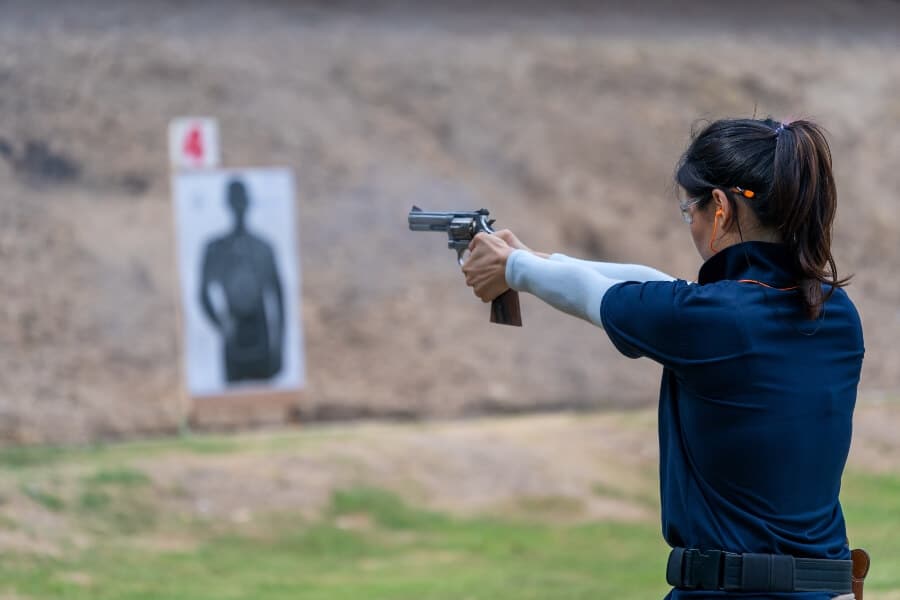
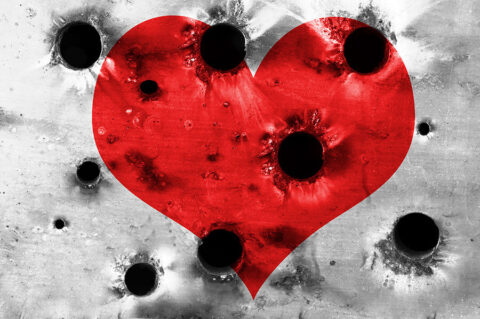

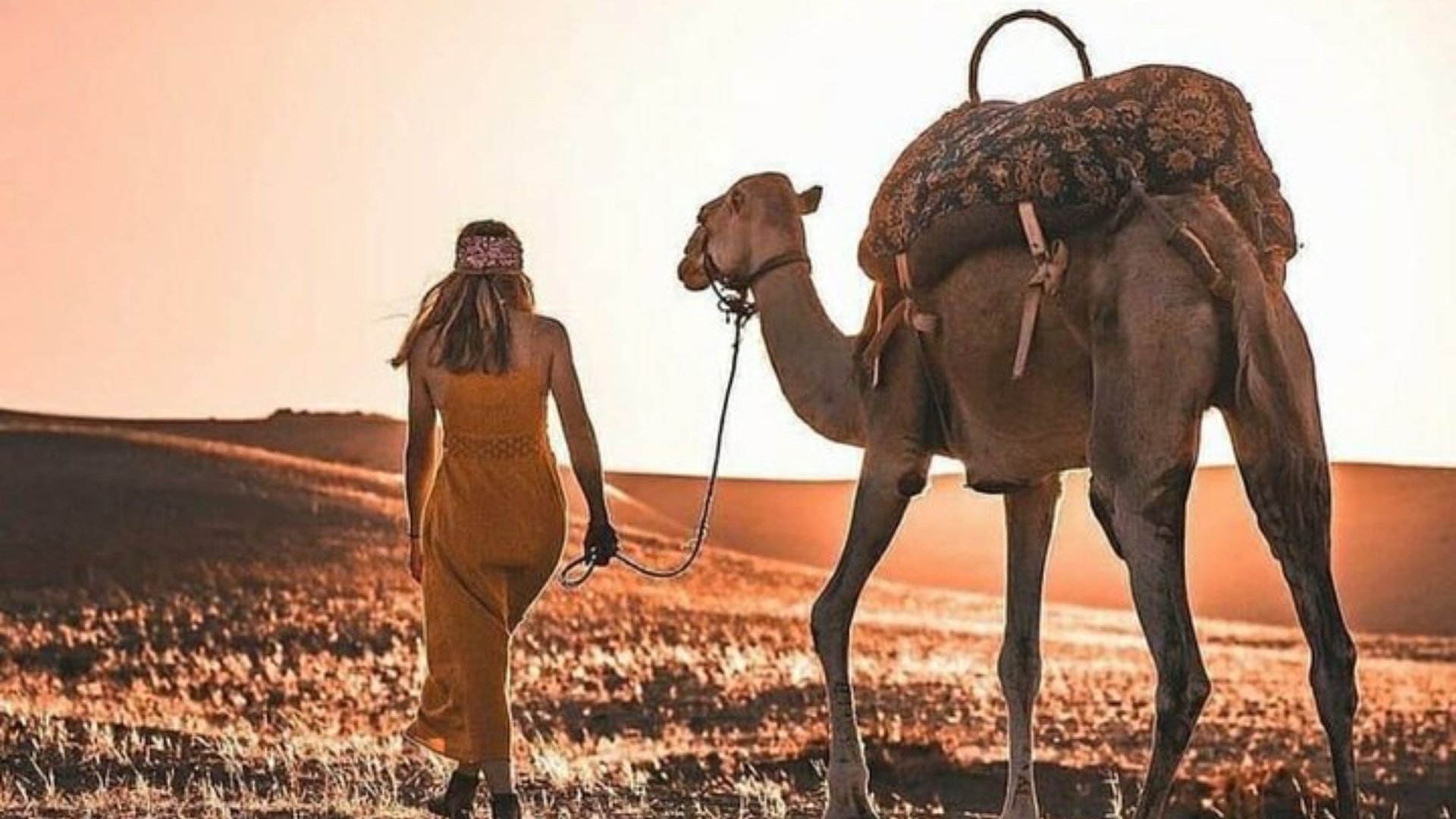
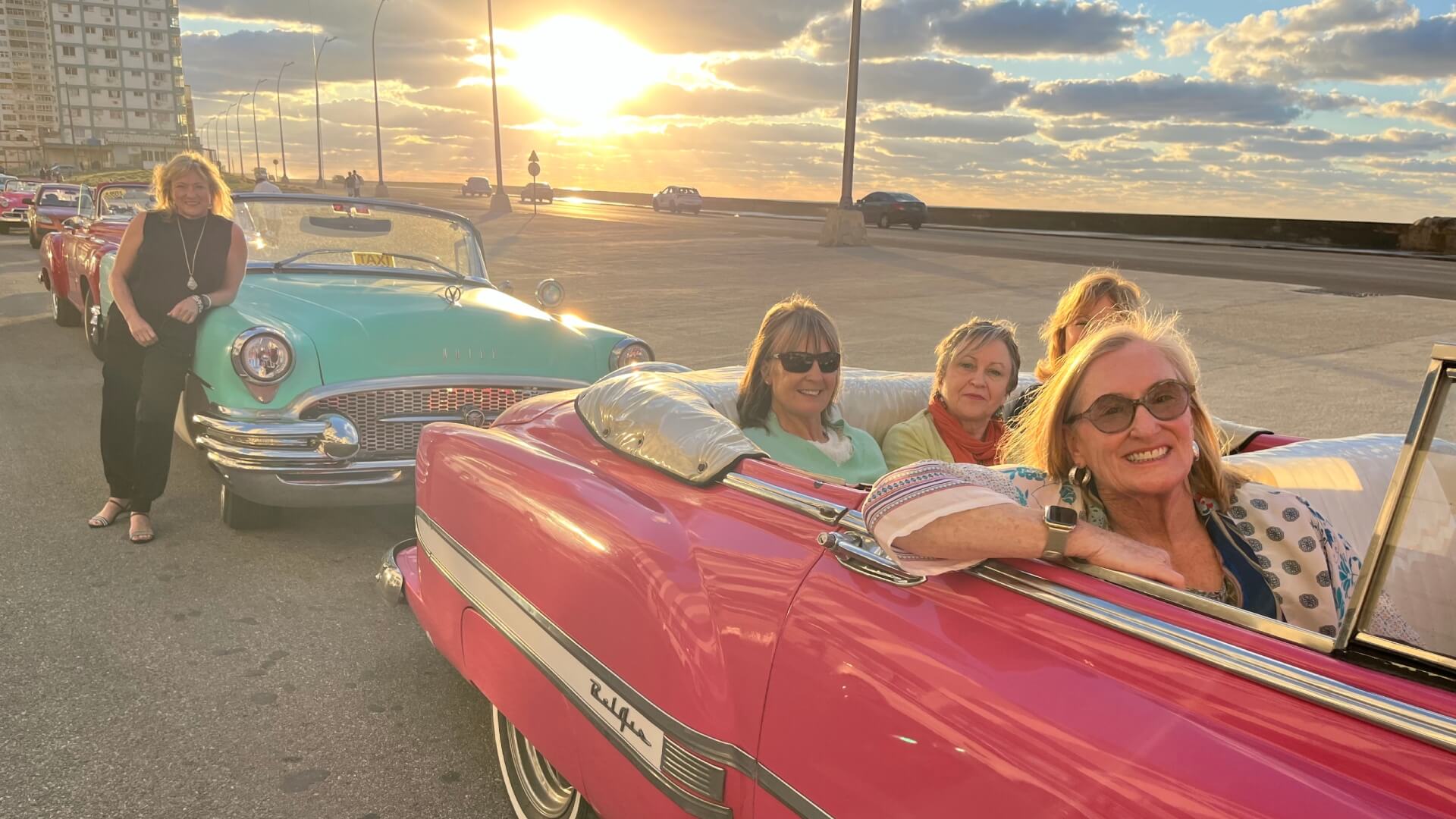
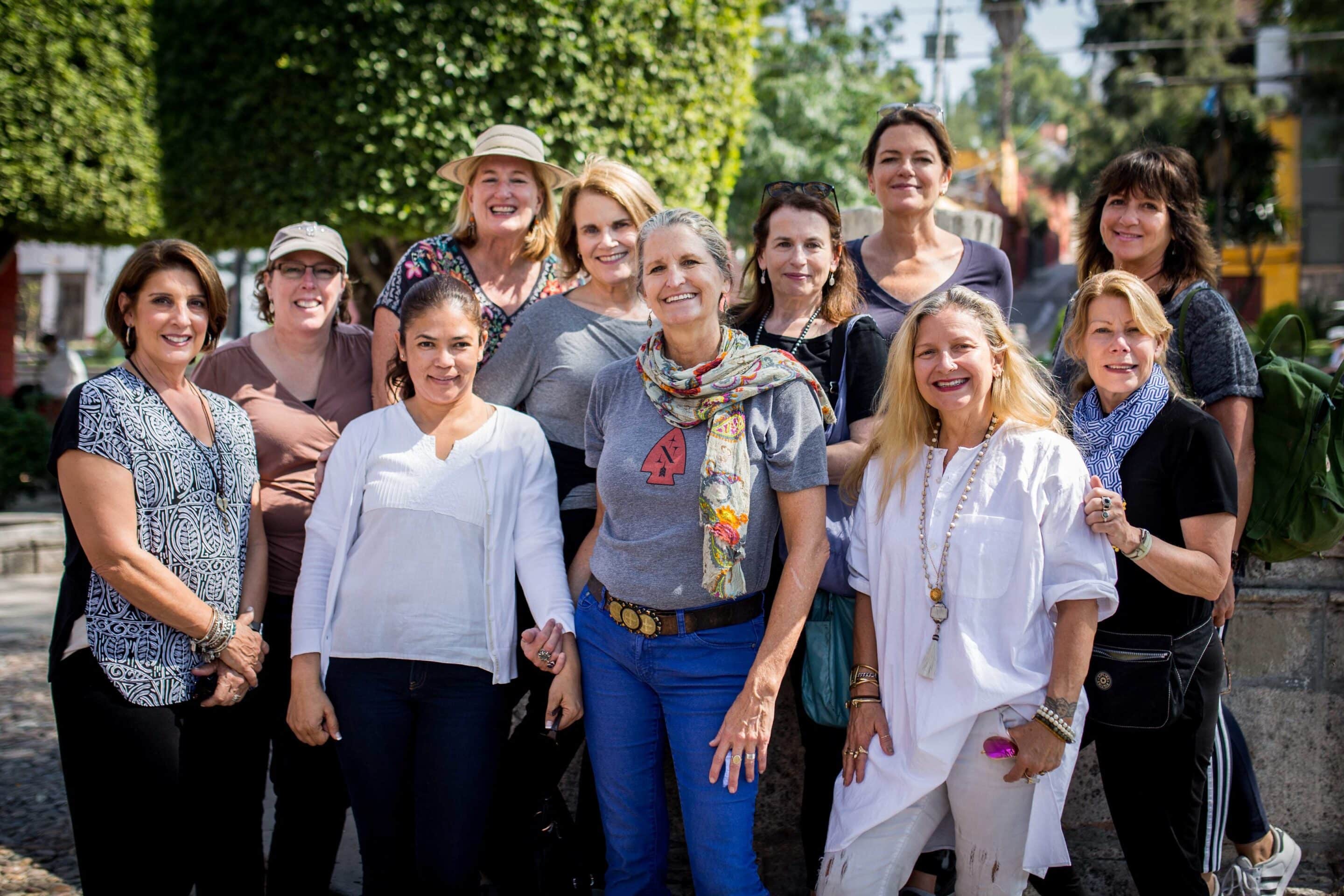
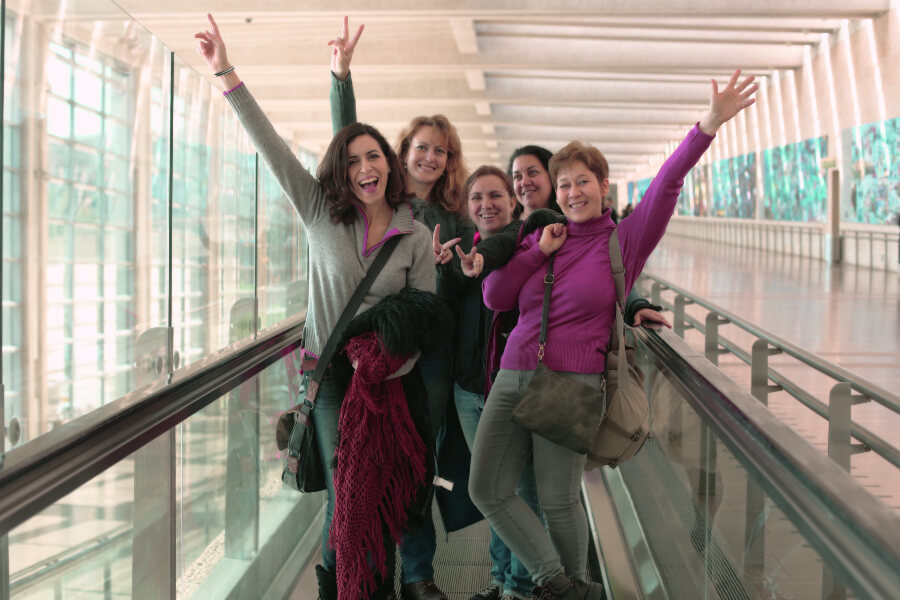
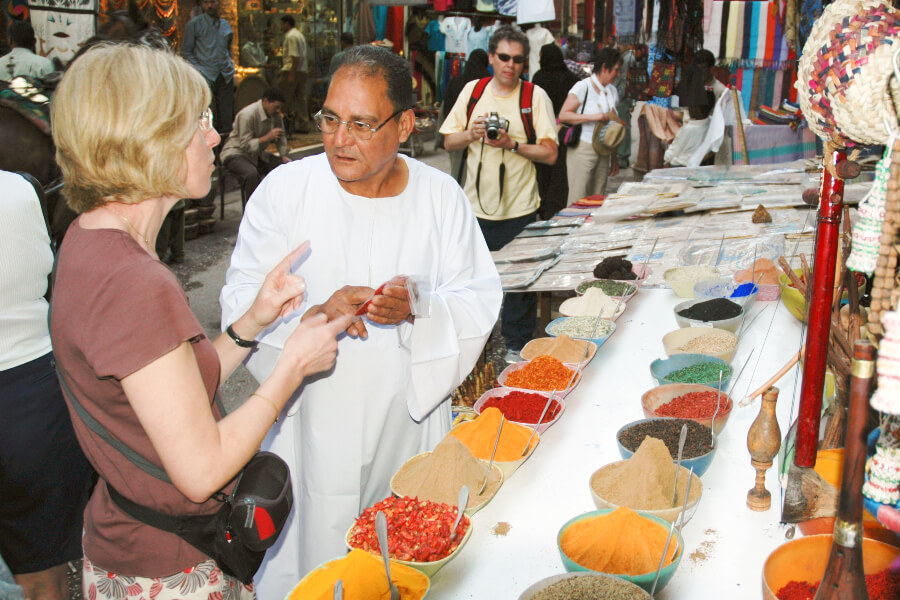
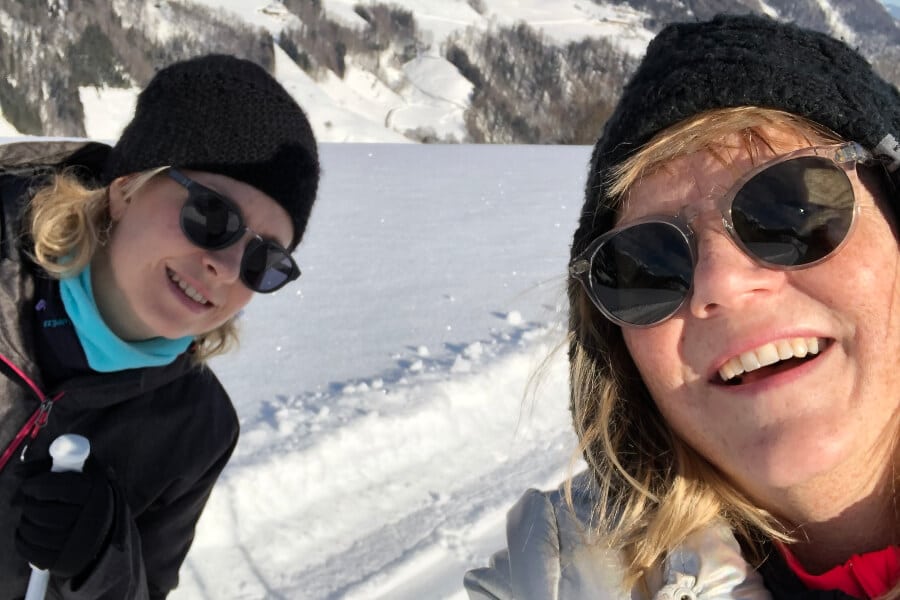







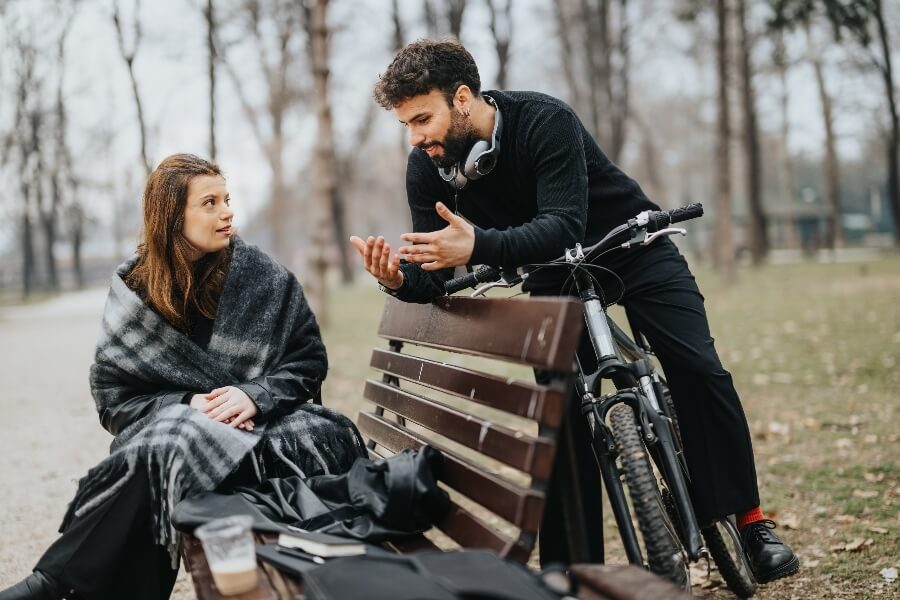



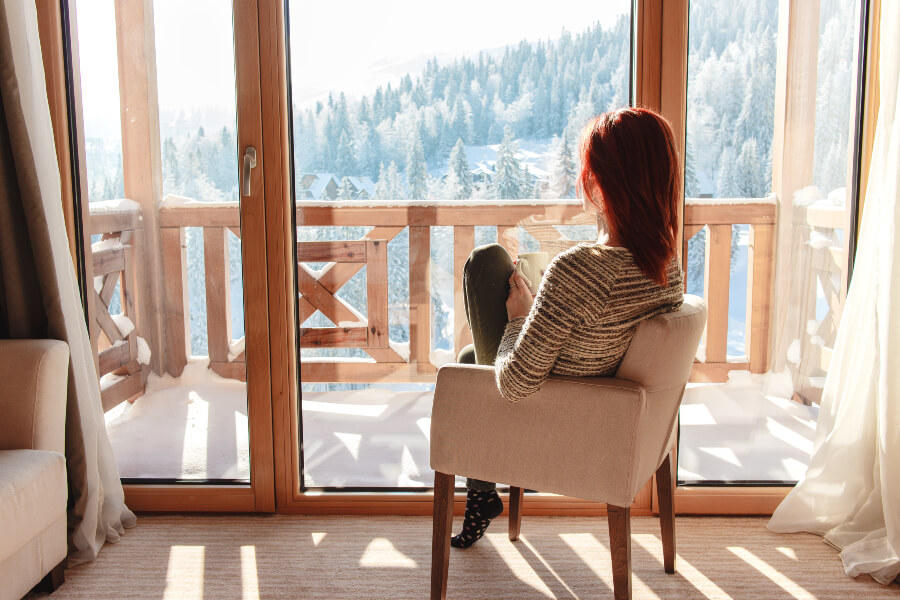
0 Comments